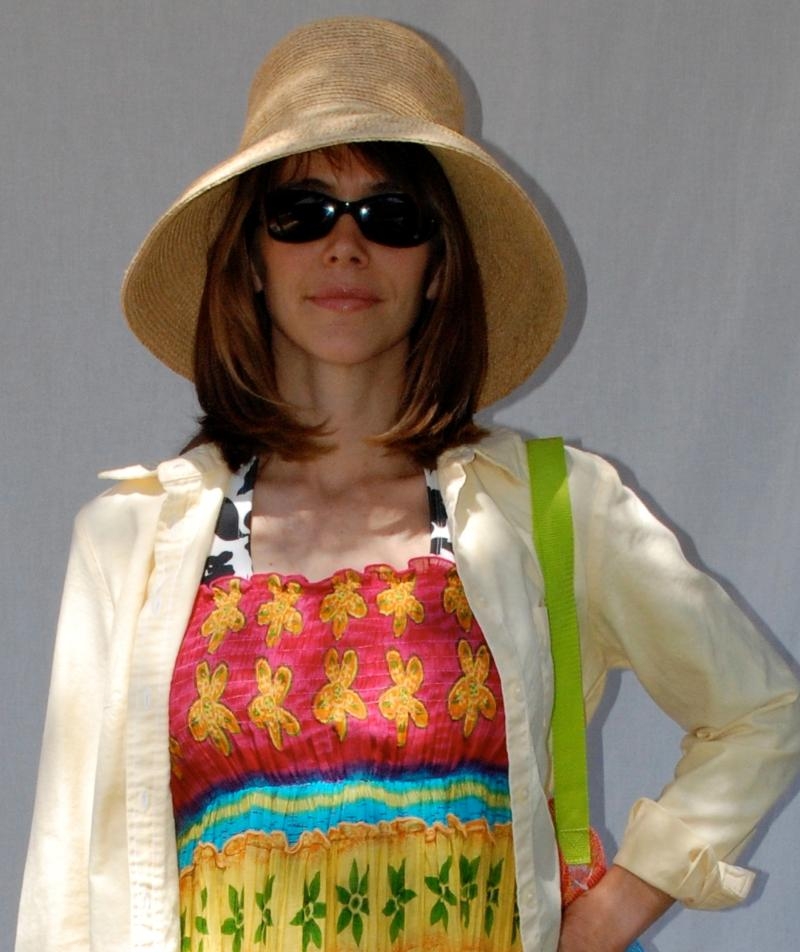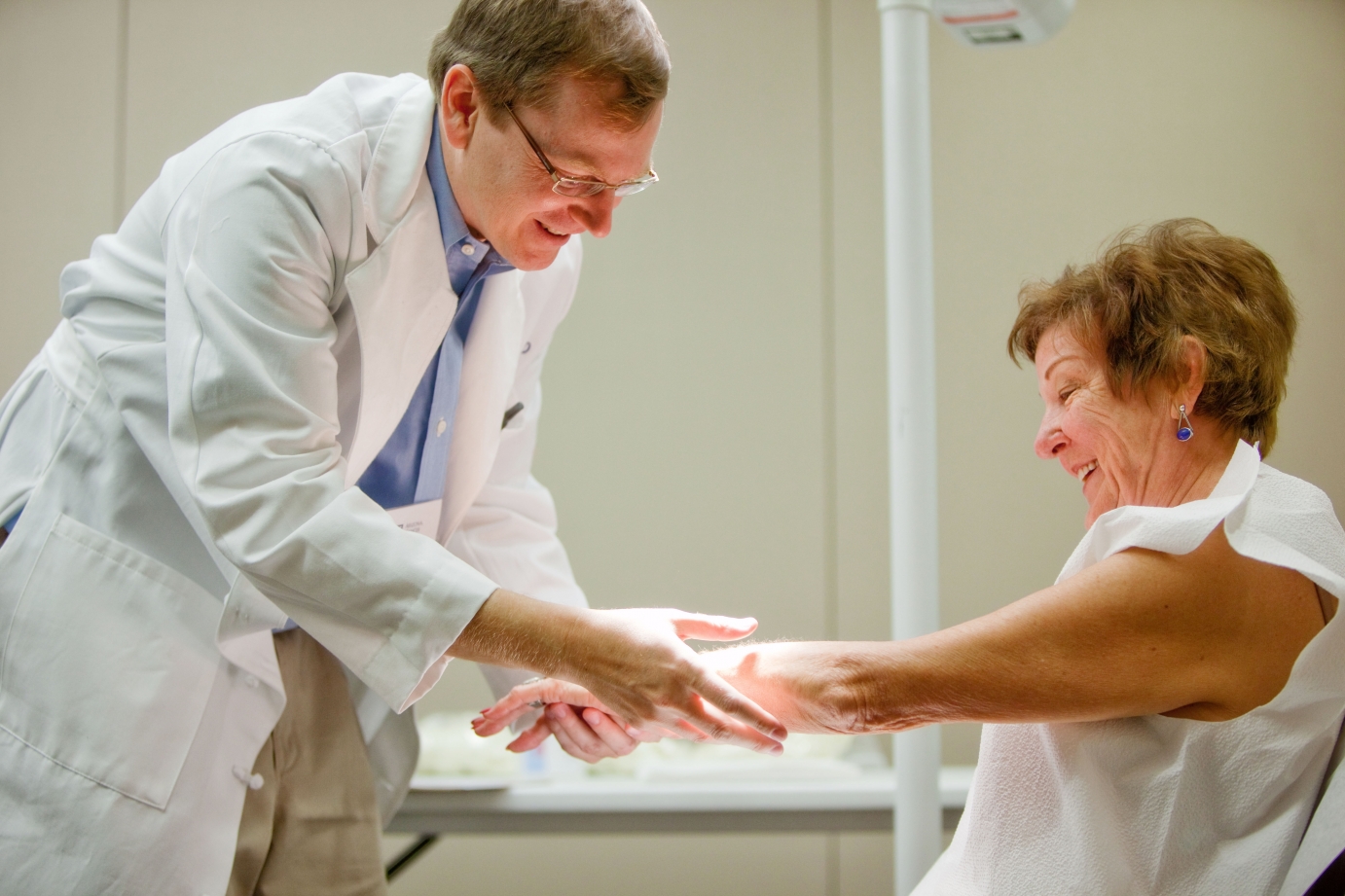Most skin cancers can be prevented.

Follow the ACE plan to save your skin from the harmful effects of the sun!
A - Avoid UV rays
C - Cover-Up
E - Examine your skin
Avoid ultraviolet radiation (UVR) 
- Most skin cancers are caused by exposure to the sun’s ultraviolet (UV) rays. Stay out of the sun as much as possible between 10am and 4pm when the rays are the strongest.
- When you are outside...Seek Shade.
- Avoid burns and tans from both the sun and tanning beds.
- Avoid exposure to reflective surfaces such as water, glass, concrete, sand, and snow.

Cover-Up
- Wear long sleeves and pants. Dark colors and tight weaves are best.
- Wear a hat with a 3" brim that covers your head, face, ears, and neck.
- Protect your eyes with sunglasses that have large frames and block 99-100% of UVA/UVB rays.
- Use broad-spectrum sunscreen with a sun protection factor (SPF) of 30 or higher on all exposed skin.
- Don’t forget to use a lip balm with a SPF to protect your lips.
 Examine Your Skin
Examine Your Skin
- If you find skin cancer early, it is usually very treatable.
- Look at your skin once a month for new or changing spots, bumps, or moles. If you find something suspicious, see your healthcare provider as soon as possible.
- Get a yearly skin exam. Your healthcare provider may refer you to a dermatologist who specializes in skin cancer. Learn more about screening and early detection here.


